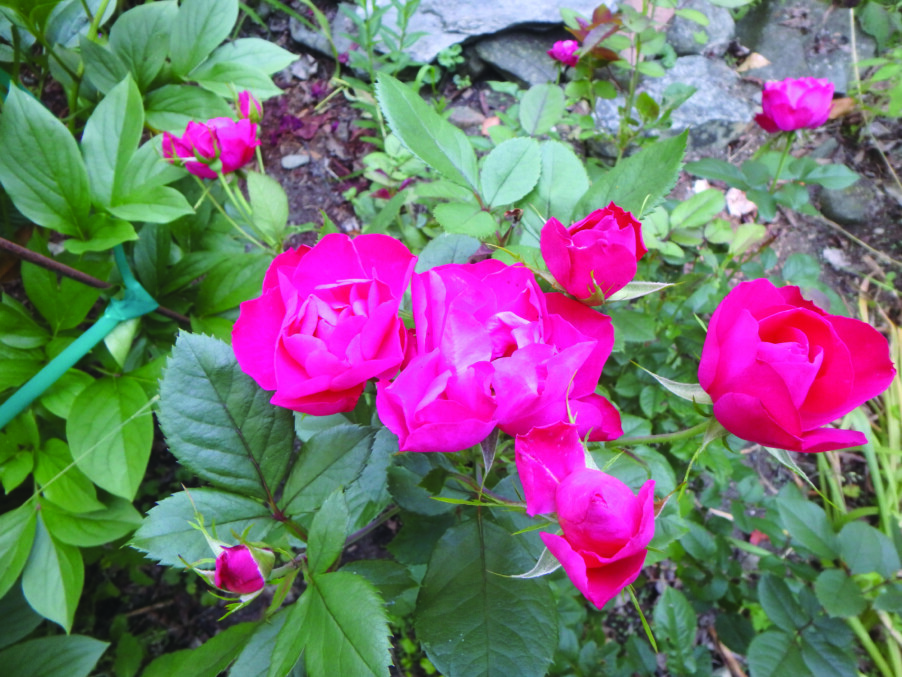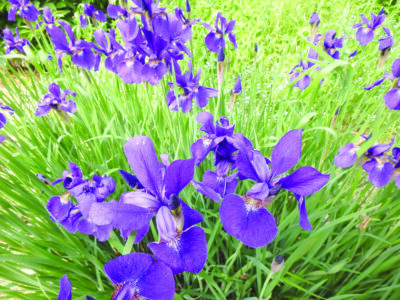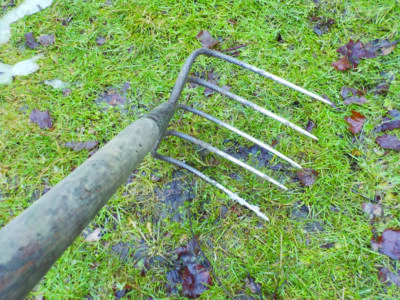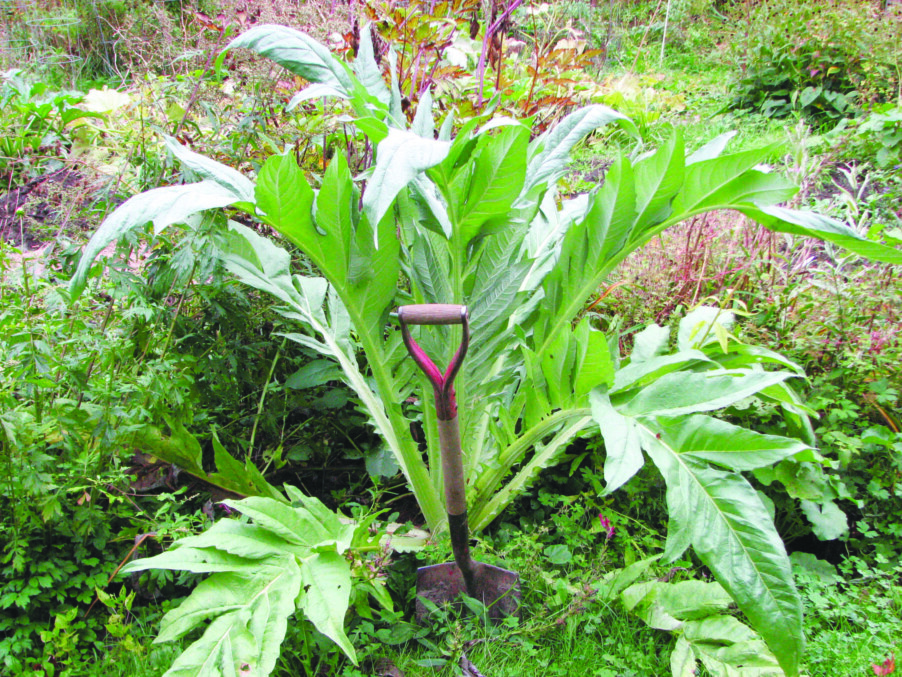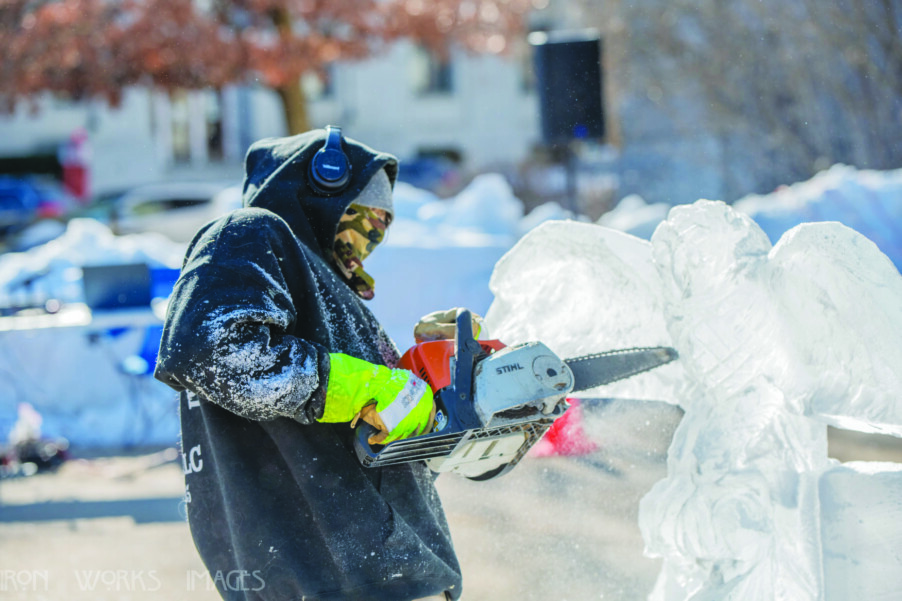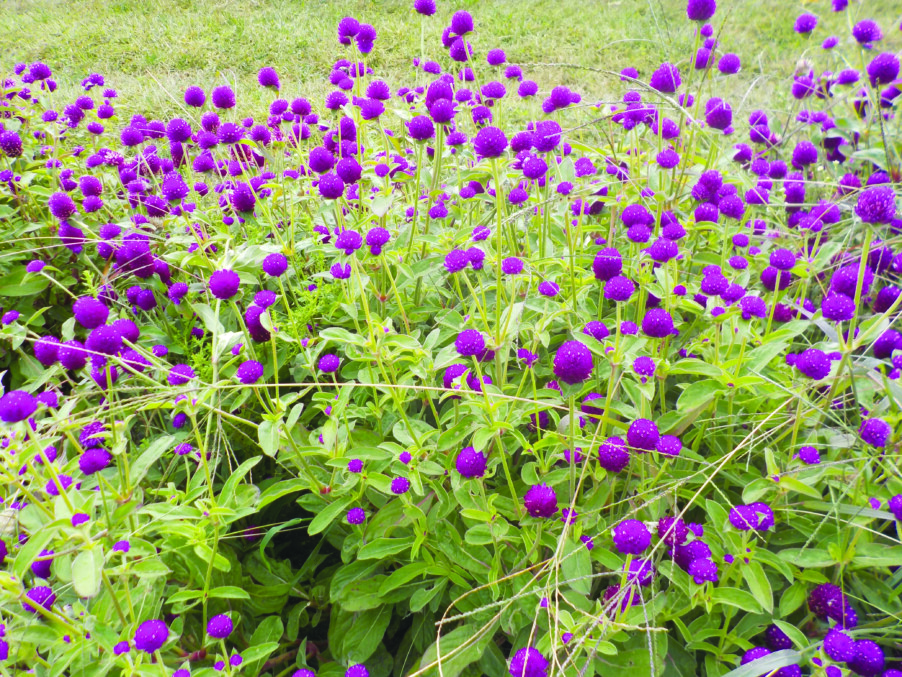Carnival rides, a skillet toss and music
By Zachary Lewis
zlewis@hippopress.com
The Hillsboro Summer Festival has been trucking along for over 35 years and is exactly what you want from a summer festival filled with events and activities you might never have imagined.
Admission is free but parking is $10 per carload. The event is hosted with the Lions Club and the Fire Association in Hillsboro and has raised tens of thousands of dollars for various nonprofits.
The festival starts on the evening of Thursday, July 11, at 6 p.m.
“It’s just smack-dab in the middle of the summer; it’s something unique in New Hampshire … we’re incredibly affordable,” said Katherine Charrette, the Creative Director and Co-Chair of the Hillsboro Summer Festival.
For Thursday, “it’s more like a local intro,” Charrette said. That’s the first of three wristband days, which means for only $25 participants can purchase a wristband that allows for unlimited rides like the classic Zipper, Merry-Go-Round, Tilt-a-Whirl and more.
If you are unfamiliar with the Zipper, “it looks like a zipper. Imagine all of the pieces turn into a little roller coaster that spins … that’s the ride kids will go on eight times in a row,” Charette said.
A special Thursday-only bonus is extended to active military families, who will receive half-price admission with ID at the administration table.
The beer tent opens at 6 p.m. Thursday. Beers on tap include Bud, Bud Light, Founders IPA, Arnold Palmer’s Tea/Lemonade, Bud Light Seltzer and Downeast Craft Cider, according to the website, and all drinks will be $5 each.
Besides carnival rides and beer, there will be trivia from 7 to 10 p.m. on the main stage.
On Friday, July 12, the festival starts at 5 p.m. and goes until 11 p.m.; Friday is another wristband day. At 6 p.m., Hillsboro Police will have their K-9 Unit show, which involves an agility course, and at 6:30 p.m. there will be an obstacle course at Entertainment Field where the Hillsboro Police Department, firefighters and EMS will be competing. Also 6:30 p.m. brings the start of the Angus Lea Golf Course 5K Road Race (pre-registration is $20 and day-of registration is $25). Music will blast from Nick’s Other Band as attendees marinate in the fun from 7 to 10:30 p.m.
Then on Saturday, July 13, the festival opens at noon but attendees will need to wait until 4 p.m. for the beer tent to open. Wristbands for unlimited rides are not available Saturday, but there will be plenty of entertainment. The famed Women’s Skillet Toss will take place from 5 to 6:30 p.m, which is exactly as it sounds.
“It’s women only, a real old-time tradition but we do it for women’s heart health and we raise quite a bit of money for that,” Charrette said. “You take a skillet and you have to heave it underhand, you can try overhand if you want to, and you have to throw it as far as you can.”
Music on Saturday night will be performed by Lonesome Train and at 10 p.m. a huge fireworks display will paint the night sky after a performance of the national anthem by Faith Daley. “People come from all over for that … we put a lot of effort into it,” Charrette said.
For the last day, the Festival opens on Sunday, July 14, at noon and will feature a parade that starts at the school and ends at Grimes Field. The theme this year for the parade is Mythical Creatures.
“People go all out for the floats. It really has grown into quite a competitive parade. Very eclectic, colorful, Sunday is a really fun day,” Charrette said. On Sunday participants can acquire an unlimited ride wristband and the beer tent opens at 1 p.m. Also at 1 p.m. is the kids’ cupcake eating contest for little ones under the age of 10; it’s parsed into different age groups, “as young as 1 year old all the way to 10 years old, and they take it very seriously,” Charrette said. “It’s probably 60 kids just looking and waiting to eat more cupcakes than the other ones. You can’t see that anywhere else. It’s very entertaining.”
This event will be followed by a pie eating contest for the grown-ups at 1:30 p.m. The Festival closes at 5 p.m.
“It is a lot of fun packed into a full weekend,” Charrette said. “The atmosphere is just a really fun time, it’s a good-sized crowd but not overcrowded and … it’s just a lot to do that’s eclectic and affordable for families.”
Hillsboro Summer Festival
Where: 29 Preston St., Hillsboro
When: Thursday, July 11, from 6 to 10 p.m.; Friday, July 12, from 5 to 11 p.m.;
Saturday, July 13, from noon to 11 p.m., with fireworks at 10 p.m.; Sunday, July 14, from noon to 5 p.m.
Admission: free
Parking: $10 per carload
Wristbands: $25 for unlimited rides on Thursday, Friday and Sunday
More: hillsborosummerfest.com, 464-0377
No smoking. No outside alcohol. No animals allowed except for working service dogs. Free fountain water provided by The Hillsborough Solid Waste Advisory Board.


